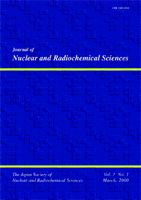Volume 19
Displaying 1-3 of 3 articles from this issue
- |<
- <
- 1
- >
- >|
Articles
-
2019Volume 19 Pages 1-7
Published: 2019
Released on J-STAGE: February 13, 2021
Download PDF (611K) -
2019Volume 19 Pages 8-13
Published: 2019
Released on J-STAGE: February 13, 2021
Download PDF (137K) -
2019Volume 19 Pages 14-19
Published: 2019
Released on J-STAGE: February 13, 2021
Download PDF (868K)
- |<
- <
- 1
- >
- >|
